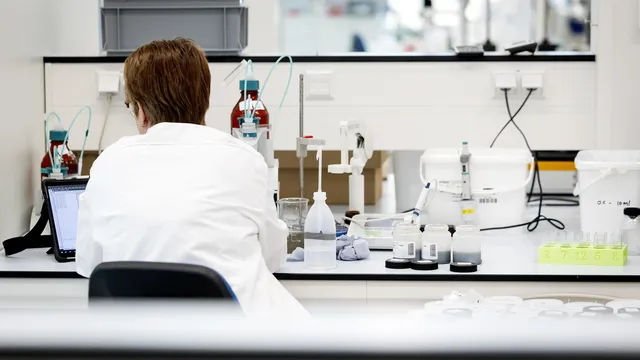Scientists have filmed in real time how a human embryo implants itself into tissue resembling the uterine lining — an achievement researchers describe as a global precedent, Euronews reported.
Implantation, one of the earliest and most crucial processes in pregnancy, had until now been difficult to observe. Doctors had access only to a limited number of static images, as continuous recordings of this stage were unavailable.
The team at the Institute for Bioengineering of Catalonia (IBEC) in Barcelona created an artificial model of uterine tissue from collagen and proteins, onto which fertilized human eggs were placed to simulate the process.
“Human embryos are free-floating forms,” explained Samuel Ojosnegros Martos, head of the Bioengineering in Reproductive Health department at IBEC. “They need to attach to the mother, but we lose sight of them until they appear on ultrasound weeks later. What happens between day five and the first ultrasound has until now been a complete ‘black box.’”
The footage shows embryos actively “burying” themselves and pulling inward into the tissue. Stronger embryos attach with greater force compared to lower-quality ones, suggesting that the force of pressure is decisive for successful implantation. “We found that the human embryo is highly invasive — it literally digs a hole and pulls itself inside with considerable force,” Martos noted.
Repeating the experiment with mouse embryos revealed a significant difference — they remained on the surface of the uterine tissue without penetrating deeply, as human embryos do.
Implantation is a decisive moment for pregnancy maintenance. About 60% of embryos fail to attach or are lost shortly after, making it one of the most common causes of miscarriage.
According to specialists, the research could help increase the chances of successful implantation and improve outcomes of in vitro fertilization procedures. “This is an extremely interesting study because it tries to explain why some embryos manage to implant while others do not,” commented Prof. Tim Child, a reproductive medicine expert at the University of Oxford, who did not participate in the experiment.
He reminded that even when an IVF embryo is genetically normal, the chance of implantation is up to 80%, but not 100%. “The question is why don’t all embryos attach, even when the chromosomes are perfectly normal?” Child said.
Most often, failures occur precisely at the moment when lab-created embryos are placed into the uterus. According to Child, thanks to this study, drugs may be developed in the future to increase the likelihood of successful implantation. | BGNES

 Breaking news
Breaking news
 Europe
Europe
 Bulgaria
Bulgaria







